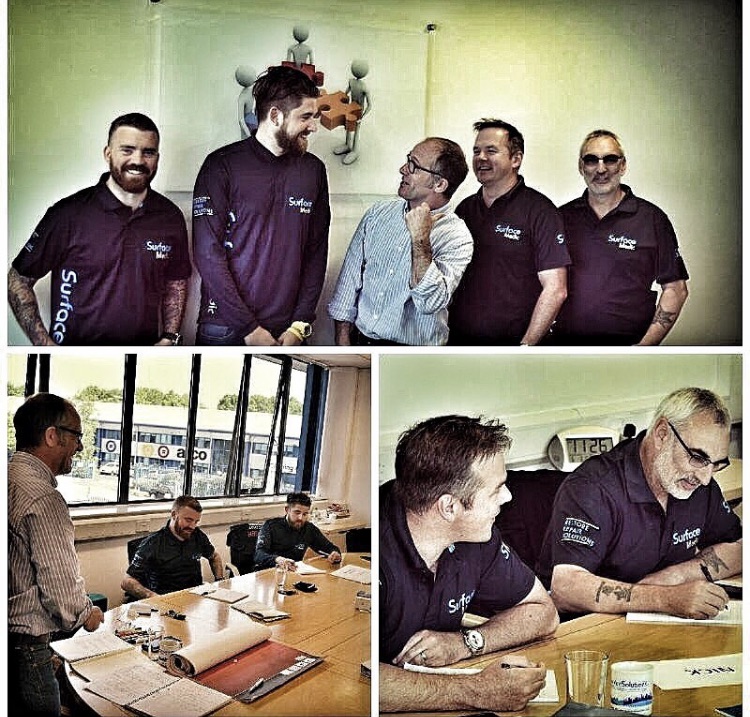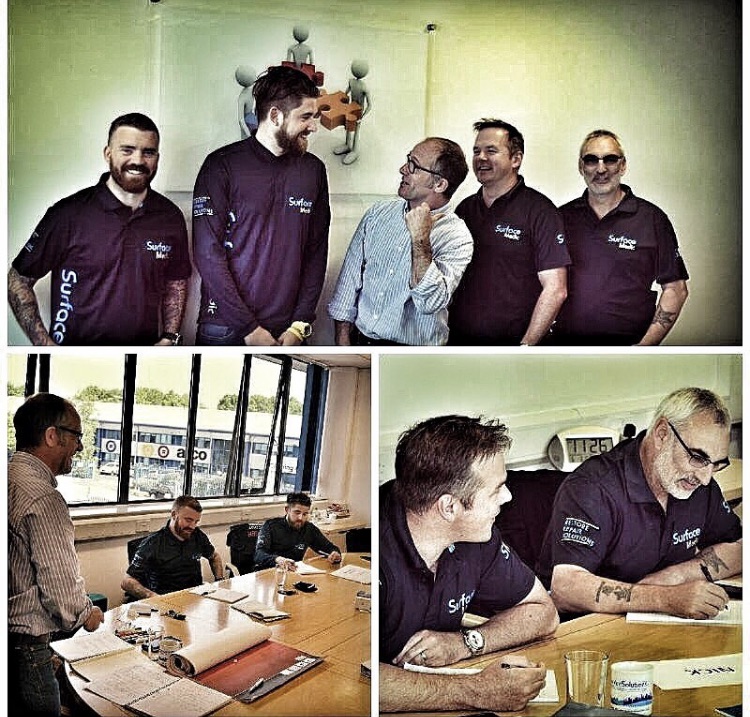
I Never Generalise!
Did you see what I just did there?
Did you just read that and let it go, or did it make you smile?
If you are reading this and didn’t challenge the statement, this blog post is for you.
Whenever we are describing our map of the world to others (it’s called speaking) we string words together in sentences to communicate ideas about the world and how we feel. We rely on language in order to share our experience and for the most part we do this unconsciously. This can sometimes limit us and therefore limit our interaction with the world.
I’d like to put it to you that we have two types of mental maps. An internal map which is a representation of what we see, hear, feel, smell and taste and a linguistic map which we use to explain the world as we experience it. This verbal expression is called ‘The Surface Structure’ and can cause all kinds of problems in our ability to communicate with others and of course ourselves.
Sometimes we need to break through this Surface Structure to get to the ‘Deep Structure’ of what’s going on. To explore the map in more detail, and that in turn will allow us to understand others maps intimately.
Richard Bandler and John Grinder use the term Universal Modelling Process and it comprises 3 elements:
1. Generalisations
2. Deletions
3. Distortions
When we use any of the above elements in our language, we limit ourselves and our ability to respond to the world meaningfully. This, in turn, increases our anxiety, and our stress levels and means we are stuck with an old map. A map that is past its sell by date. An old map won’t get you very far in an ever changing territory.
An outdated map is never good and we all know people who are living in the past, resting on their laurels, are unhappy and blame others for their predicament. Their maps are impoverished. What they need is a new map. A new map that has clearly defined routes and more detail. They exist only in terms of their surface structure and need to go deeper.
If you really want to have a better grasp at what is going on at a deeper level we need to break through the Surface Structure and challenge assumptions, challenge the Generalisations, Deletions and Distortions that people make.
Sometimes a Generalisation, Deletion or Distortion can be useful if you want to get simple information across. But when an important issue arises, we need the tools to delve a little deeper and get to the deep structure.
I do this all the time when teaching and to be honest, in my day-to-day conversations with people too. I even do it to myself from time to time. It’s called being self aware and makes me a more able communicator. If you are a coach or teacher reading this, take note. If you are someone whose life seems not quite right, seems out of balance, then this is for you!
The tools I use come from a field of study known as Transformational Grammar.
Transformational grammar is the process of transforming language from surface
structure to deep structure.
Surface structure is purely what we say e.g.
“The woman bought a truck”
Deep structure is what is actually understood by the surface structure. There are a number of bits of information missing from the above surface structure e.g.
Which woman?
What type of truck?
What did she buy the truck with?
Who from?
All of this information is missing from the sentence above. In fact, in order to communicate effectively with other people, we abbreviate what we mean, and develop an intuition about what the other person is saying, to avoid everyone having to say deep structure sentences all the time, in order to be understood!
Imagine if you always had to speak in deep structure, the sentence above would become:
Wendy bought a Blue Chrysler truck from Pete (a friend of her husbands) for some money. She used notes and a cheque.
Now, this is all very well that we use surface structure to facilitate communication, as long as our intuition is correct, because, of course, we can’t read the other person’s mind- at least, not yet, anyway. We cant read their map. So, what happens when thy surface structure becomes more ambiguous?
Hypnotizing hypnotists can be tricky!
What is the deep structure to that sentence? Can you see that there are at least two possible variations, which dramatically affect the meaning of that sentence.
So, we need to ask questions in order to recover the deep structure of the speaker, instead of just relying on their surface structure and our intuition as to the meaning.
What does all this mean? Well, the fact is, is that we are always relying on the surface structure and often take for granted that we think we know what the other person is talking about. Experience is so subjective, so that even when I use the word yellow, you can’t possibly know what I mean. Not exactly. You only have an approximation.
Here are some ways we can challenge Deletions.
“I am excited”
About What?
“He is better”
Better than who?
“She is the best”
The best, compared to what or who?
“People don’t like me”
Which people?
How to challenge Generalisations
“You’re always late”
Always? Every single time?
“I’m always feeling low”
Always? Every day?
“I’ve never been very good at Muay Thai”
What. Never?
And Finally: Distortion
“I shouldn’t go”
What would happen if you did go?
“I can’t do it”
What prevents you?
What stops you?
“She knows I’m only doing it to annoy her?”
How do you know that?
So the lesson from today’s blog is to challenge the surface structure of statements that friends make if those statements are limiting them. I use the technique to challenge people’s assumptions about many things. Don’t go overboard, though. Sometimes we need to get a message across quickly and that is when it’s useful to stick with the surface structure.
If you want to practice this technique of cleaning up maps, read any Newspaper. They’re full of Generalisations, Deletions and Distortions. As are our Politicians!
Thanks for reading this …
Happy Map Reading!
